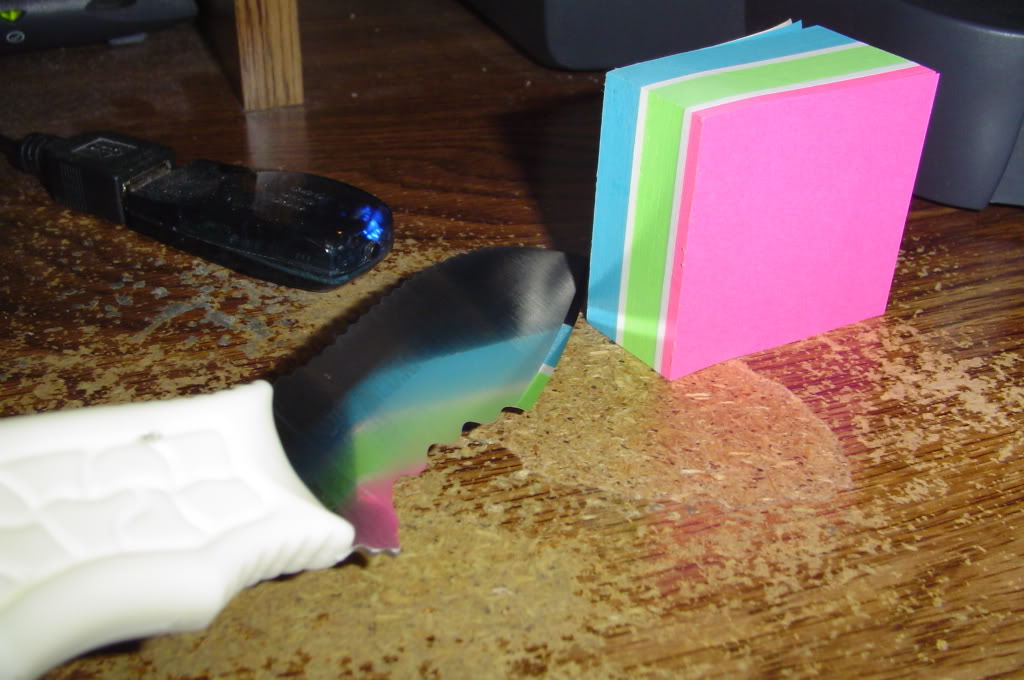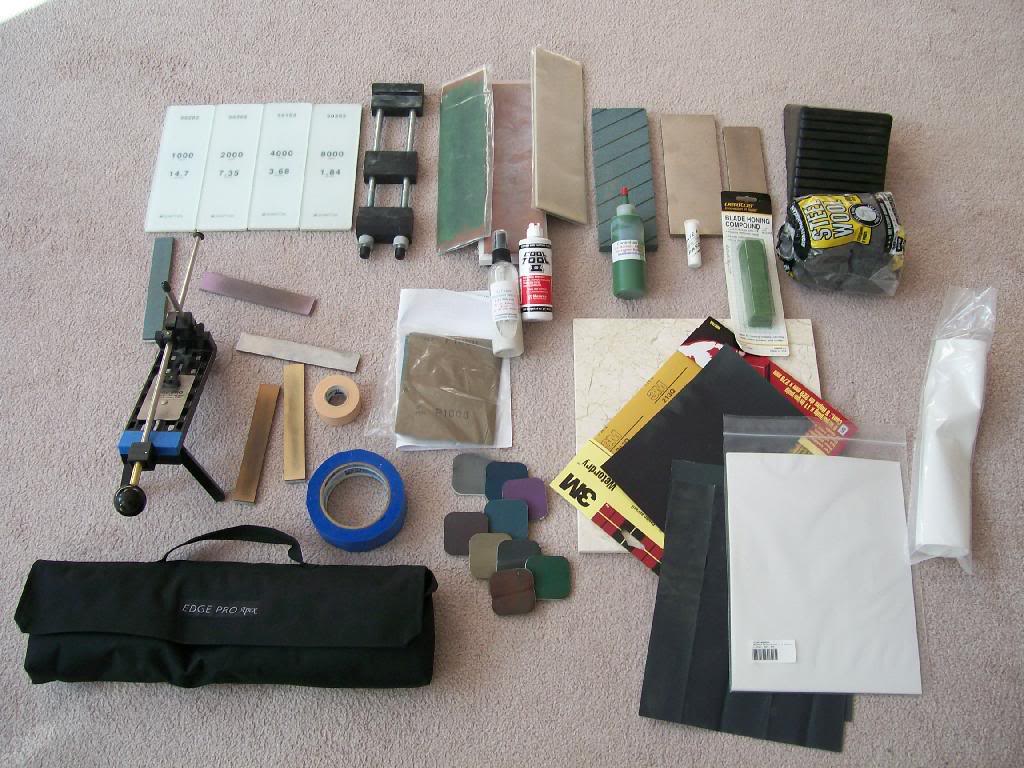Burnt_Toast
Assistant Cook
- Joined
- Nov 2, 2004
- Messages
- 34
Yeah well I bought a cheap 9 dollar knife at Bed Bath and Beyond on sale. I got the 5 dollar steel to go with it. The knife worked great. one of them japanese knifes. I forget the name. Any way I wanted to try my hand at honing. I think I grinded the edge off the knife cuz now it wont cut. After doing some research on this board I found that I actaully need a stone to sharpen the knife and not just a steel like some tutorials on the web say. Any way I just want to know if I can use any sharpening stone or is there a brand I should aim for? Like something in the 20 to 30 dollar range? Any way great board I always like coming here.



